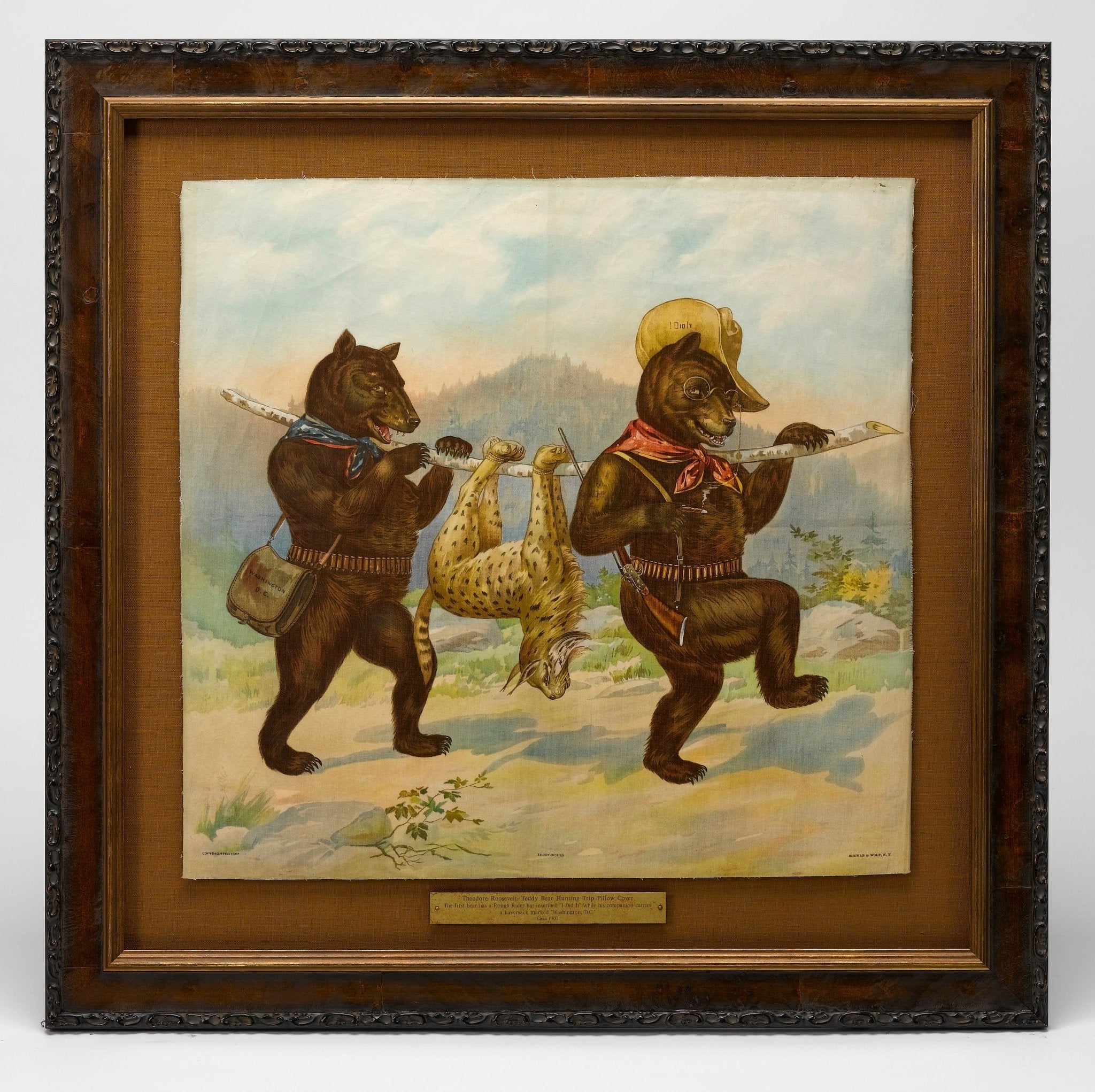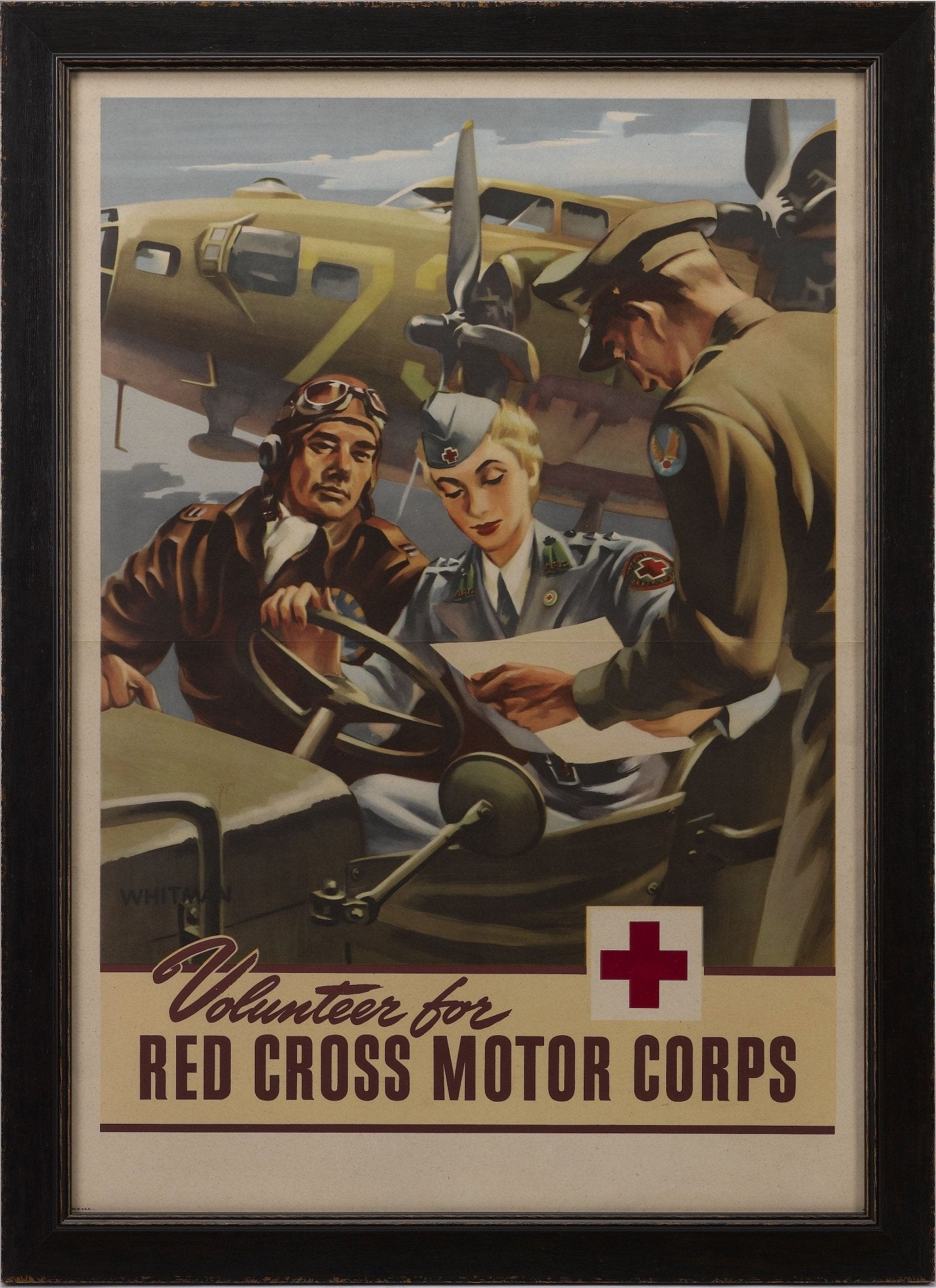An American Wonder: The Grand Canyon
Today marks 101 years of the Grand Canyon as a National Park! Grand Canyon National Park is a wonder of nature that has been preserved and maintained by the National Park service for a century. Today, we celebrate the beauty of this American monument.
“In the Grand Canyon, Arizona has a natural wonder which, so far as I know, is in kind absolutely unparalleled throughout the rest of the world.”
— President Theodore Roosevelt
About the Grand Canyon
Grand Canyon National Park encompasses canyons, river tributaries, and erosion forms that overwhelm the senses. The park is situated in Arizona's northwestern quadrant and is the 15th site in the United States to be named a national park. Millions of tourists and visitors make the trip out to the gorgeous and expansive canyon each year, making it one of the most visited destinations in the world.
There are two public areas of Grand Canyon National Park, the North and South Rims. At 7,000 feet above sea level, the Grand Canyon South Rim is the most accessible section of the national park, with numerous places where visitors can pull over to admire the views. If traveling by foot, the distance across the canyon is 21 miles via the Kaibab Trails.
Did you know?
It has been believed that the Colorado River began carving out the area of the Grand Canyon about 6 million years ago. However, according to a 2012 study, it is suggested that the process may have begun as far back as 70 million years ago!
The park covers 1,217,262 acres of land and has been well known to the American public even before it became a national park in 1919. “The Grand Canyon had a long and arduous road to becoming a national park, beginning in the 1880s with several failed congressional bills” (National Park Service).
Becoming a National Park
The first bill to establish Grand Canyon National Park was introduced in 1882 by Benjamin Harrison, the Senator of the time. The bill was then reintroduced in 1883 and 1886, but still with no success. After his election to the presidency, Harrison established the Grand Canyon Forest Reserve in 1893, in order to preserve the land of the Grand Canyon.
Through the Grand Canyon: From Wyoming to Mexico by E. L. Kolb, 1920
Harrison was not the only one to be enamored with the beauty of the Grand Canyon: Theodore Roosevelt was an avid supporter. After multiple visits to the area, Theodore Roosevelt created the Grand Canyon Game Preserve in 1906. Following shortly after, the Grand Canyon became an official National Monument in 1908.
Even still, it took an additional 11 years before the Grand Canyon officially became a protected national park. The bill to grant national park status to the area was passed in 1919 and signed by then-President Woodrow Wilson. By this time, the National Park Service, which was established in 1916, took over full responsibility of the land.
“Let this great wonder of nature remain as it now is. You cannot improve on it. But what you can do is keep it for your children, your children’s children, and all who come after you, as the one great sight which every American should see.”
-Theodore Roosevelt, on the Grand Canyon in 1908.
Theodore Roosevelt Signed Collage
Following the recognition of the Grand Canyon as a national park, multiple explorers and photographers journeyed out to the site to document the wondrous monument. The first people to photograph the Grand Canyon were brothers Ellsworth and Emery Kolb, even before the Grand Canyon was officially recognized by the National Park Service! Ellsworth and Emery Kolb set up a photography studio on the edge of the Grand Canyon and in 1902 began taking still shots of the scenic views, the mule parties, and river adventures. By 1911, they were determined to navigate the Colorado and Green Rivers, documenting their trip with their new motion-picture camera. After the 101-day adventure, the two brothers were the first to record the Grand Canyon on moving film.








